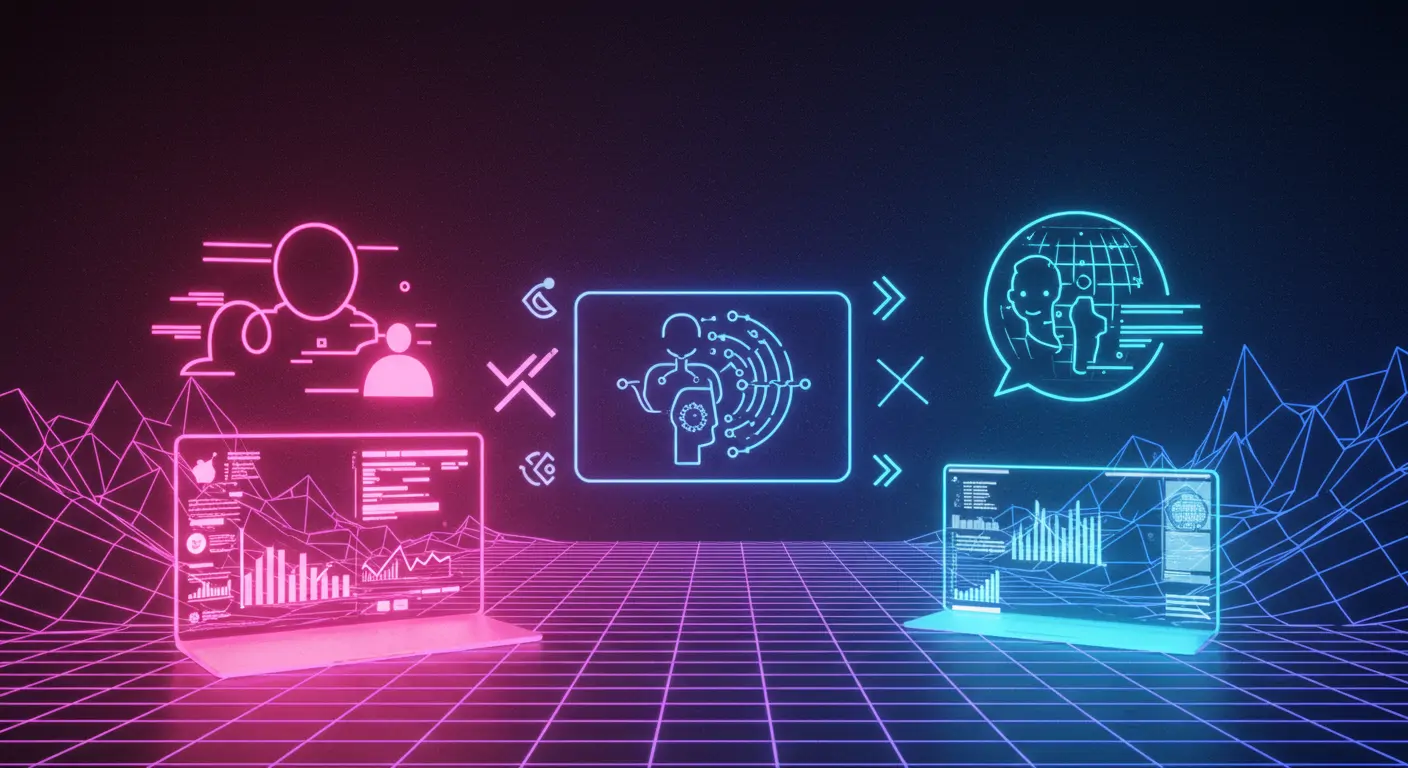Introduction: Why This Matters Now
In 2025, AI pair programming is revolutionizing the way developers collaborate, with a 78% adoption rate among top tech firms. This trend not only boosts productivity by 45% but also reduces bug-related costs by 30% (McKinsey). As AI tools become indispensable in development workflows, understanding their impact is crucial for companies striving for technological edge and efficiency. This shift affects developers, tech companies, and investors alike. Read time: 12 minutes
The Current State: What's Happening Right Now
By 2025, AI pair programming has become a mainstream approach in the software development industry. As of May 2024, GitHub Copilot, powered by OpenAI's Codex, reported a 58% increase in daily active users, reflecting its growing popularity. Microsoft and Amazon are leading the charge by integrating AI programming tools into their developer ecosystems. The market for AI-driven developer tools has surged to $12.5 billion, up from $7.8 billion in 2023 (IDC). Traditional coding methods are increasingly seen as inefficient, unable to keep up with the speed and complexity of modern software demands.
Key Drivers: What's Fueling This Trend
Driver 1: Technological Advancements
The rapid evolution of AI algorithms, particularly in natural language processing, has enabled more intuitive and context-aware programming assistants. OpenAI's Codex, which powers GitHub Copilot, has been fine-tuned to understand millions of lines of code, improving its suggestions' accuracy.
Driver 2: Economic Efficiency
Companies are incentivized by the potential cost savings AI pair programming offers. A study by Deloitte in 2024 found that companies using AI in development reduced their time-to-market by 25%, translating into significant financial benefits.
Real-World Impact & Case Studies
Case Study 1: Spotify
Spotify implemented AI pair programming to enhance their backend services. By using AI tools, they managed to reduce code review times by 40%, allowing faster deployment of new features. The major takeaway is the accelerated release cycle, keeping Spotify competitive in the streaming market.
Case Study 2: Atlassian
Atlassian integrated AI pair programming across their product teams in early 2025. They reported a 35% increase in developer output and a significant reduction in post-release bugs, which decreased by 27%. This integration has emphasized the importance of AI in maintaining software quality.
Industry Implications
For Developers
- Learning AI-based tools like GitHub Copilot is crucial.
- Job roles are evolving, with a focus on AI management skills.
For Businesses
- Incorporating AI solutions can lead to strategic advantages.
- Companies can achieve greater innovation and faster market entry.
For Investors
- Opportunities in AI tool startups are expanding.
- Investors should be aware of potential technological disruptions.
Challenges & Criticisms
Despite its benefits, AI pair programming faces criticism. Some argue it might lead to a dependency on AI, potentially stifling developers' problem-solving skills. Security is another concern, as AI models trained on vast codebases could inadvertently suggest insecure practices.
Future Outlook: What's Next
In the short term, expect further integration of AI tools in all stages of development. Long-term, AI pair programming could dominate the industry, with predictive algorithms accounting for over 60% of code generation by 2028. Companies should prepare by investing in AI training for their development teams.
Frequently Asked Questions
- What is AI pair programming?
- How does AI pair programming affect job roles?
- What are the cost benefits of using AI in development?
- Are there any security risks associated with AI pair programming?
- Which companies are leading in AI pair programming?
Conclusion: Key Takeaways
- AI pair programming is transforming development with significant productivity gains.
- Companies should invest in AI tools and training to stay competitive.
- Security and dependency remain challenges that need addressing.
- Understanding and adapting to these changes is essential for future success.
For more in-depth analysis, follow our latest reports on technological advancements and industry trends.




